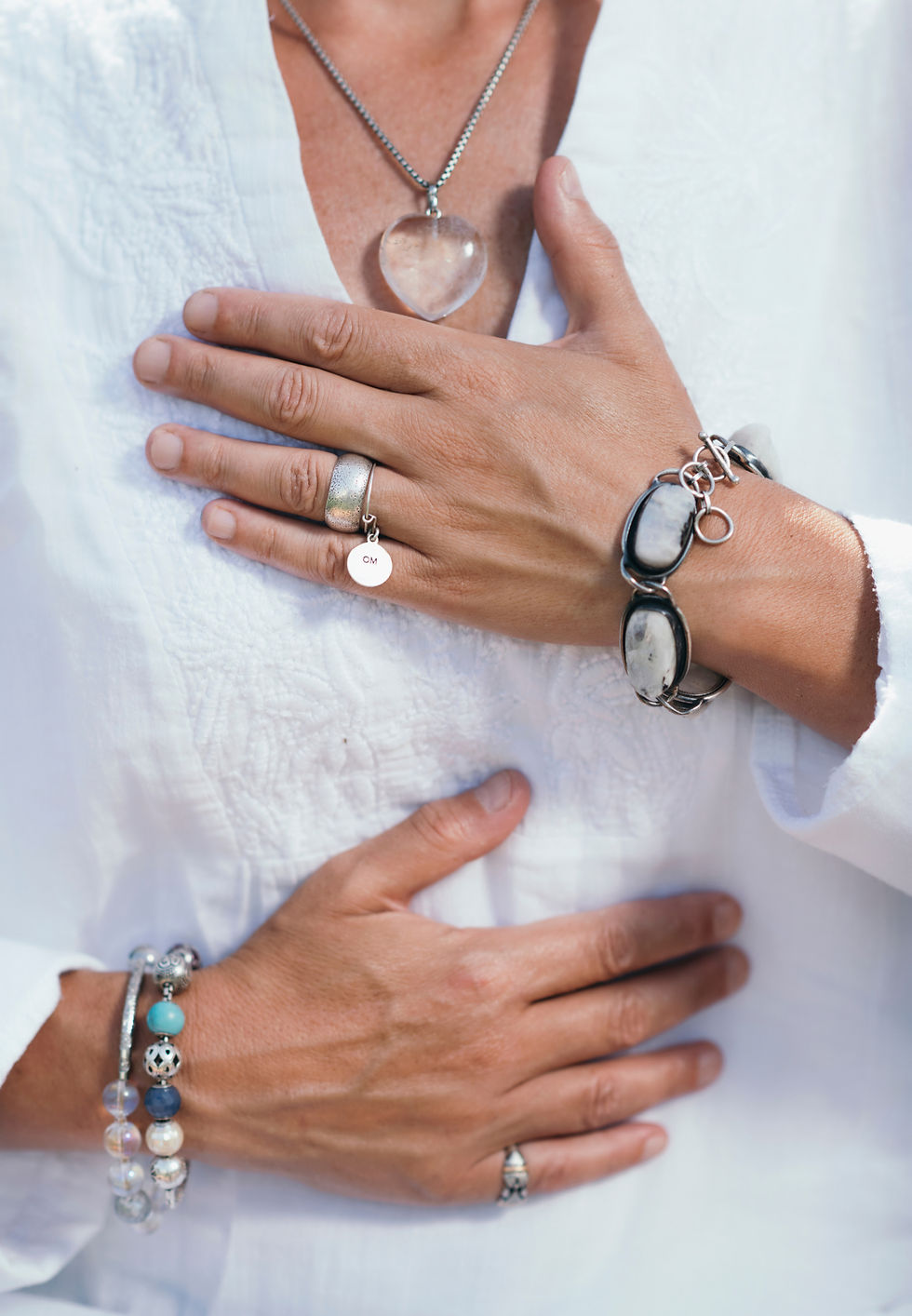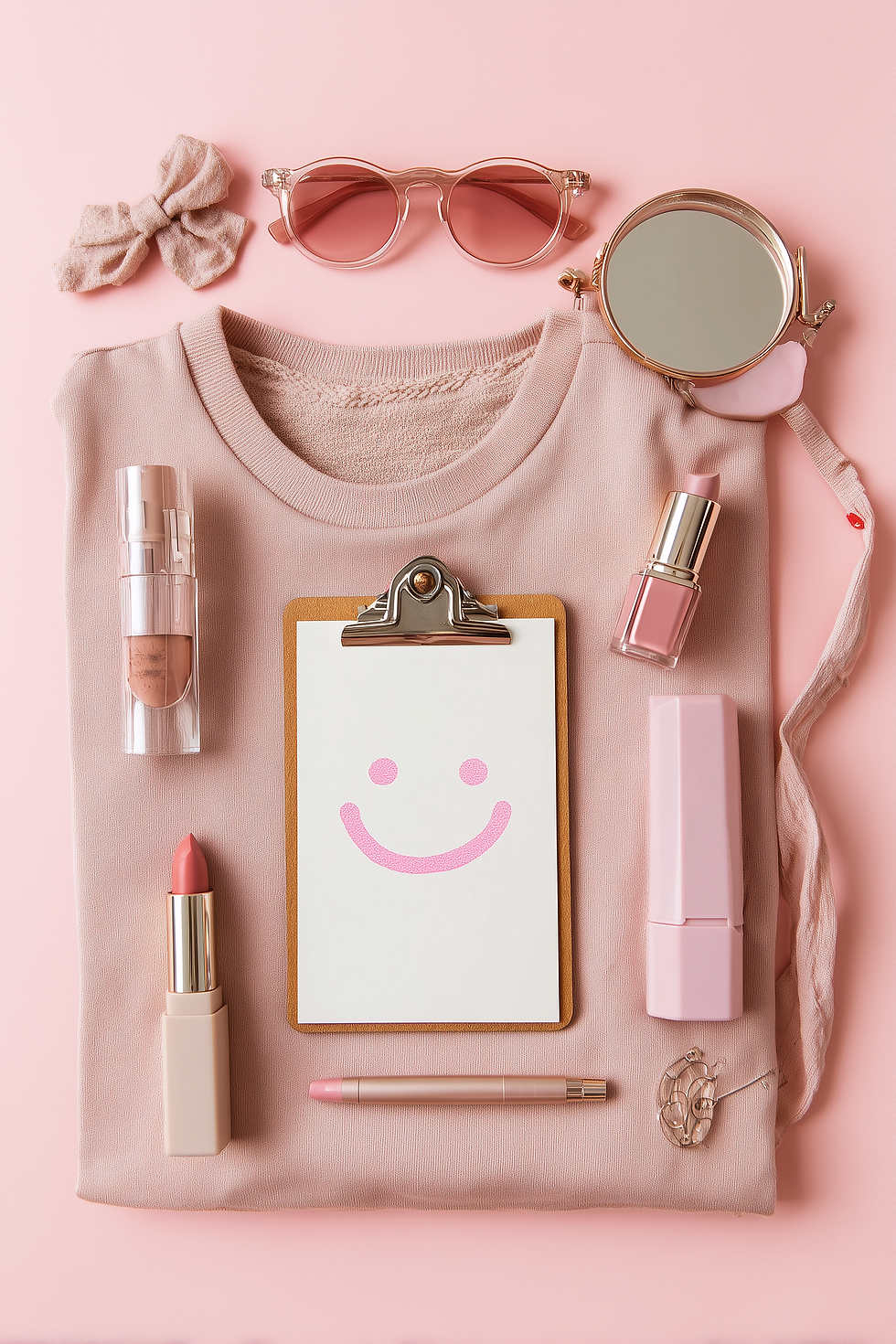Finding Power in What You Can Control
- Christina

- Aug 13
- 6 min read
When the world feels out of control, your choices still matter.

The last few months have delivered too many brutal headlines. For many in the LGBTQ+ community, each new story isn’t just “news” — it lands on a life already shaped by stigma, policy battles, and personal risk. Feeling overwhelmed right now isn’t a character flaw. It’s a human reaction to a world that keeps asking you to survive more than it asks you to thrive.
There is, however, something that makes a measurable difference: focusing attention and energy on the things you can influence. That focus isn’t avoidance — it’s an evidence-based tool that protects your mind and body, increases resilience, and helps you act in ways that actually change outcomes for you and your community.
Locus of control

Locus of control is a psychological concept that describes how much power we believe we have over the outcomes in our lives. People with an internal locus of control tend to believe their choices, actions, and efforts directly influence what happens to them. On the other hand, those with an external locus of control often feel that luck, fate, or outside forces are mainly responsible for their circumstances.
While neither mindset is “right” all the time, research shows that developing a stronger internal locus of control can increase resilience, motivation, and mental well-being – especially during times of uncertainty.
Below, you'll find some of the science behind why this matters, and then a practical toolkit you can start using today.
Why control matters — the science you can lean on
1) Perceived control lowers biological stress.
Feeling like you have control over aspects of your life is linked to calmer stress responses. Studies show that higher perceived control predicts lower activation of the body’s stress system (the HPA axis) and reduced cortisol reactivity to acute stressors — in other words, your body literally behaves as if it’s safer when you feel you have agency.
2) A stronger internal locus of control relates to better mental health.
Research repeatedly finds that people who see themselves as having more control over health and life outcomes report lower anxiety and depression. That sense of agency is protective — especially during uncertain times.
3) Constant exposure to alarming news increases distress.
“Doomscrolling” and repeated news exposure during crises are tied to higher anxiety, depression, and pandemic-related distress. Cutting back on obsessive news cycles has been shown to reduce negative affect and PTSD-like symptoms in prospective studies.
4) Social support and community connection buffer stress.
Robust evidence shows that social support and community networks improve emotional resilience and mental health outcomes. People who feel supported report lower anxiety and better recovery from stressful events. For LGBTQ+ folks, affirming relationships (family, chosen family, peers) are especially protective.
5) For LGBTQ+ youth and adults, political and social climates matter.
Large surveys show that discriminatory policies and hostile public discourse correspond with dramatic increases in poor mental health and suicidal ideation among LGBTQ+ young people — which means that what happens in the world does affect us deeply, but it also highlights why shifting energy into controllable, restorative actions is essential for survival and wellbeing.
(Read more about the locus of control from the NIH.)
What happens when we fixate on what we can’t control
When attention locks onto uncontrollable threats, a few predictable things happen:
Physiological stress rises (more cortisol, higher arousal), which damages sleep, mood, and immune function.
Rumination and learned helplessness can set in — repeated exposure to uncontrollable events can lead a person to feel powerless and withdraw from action, which worsens depression risk. (This is the core idea behind learned helplessness.)
Decision paralysis and burnout show up: you may feel stuck between outrage and inaction, and that chronic churn consumes the energy you need to care for yourself and your community.
So the goal isn’t to ignore injustice or stop caring. It’s to choose how you invest your limited energy so you can be effective, present, and sustainably involved.
(Read more about learned helplessness from the NIH)
A Practical Toolkit: Focus on the things that help
Below are bite-size, evidence-based practices to reorient your attention, reduce distress, and increase impact — both for yourself and the people you stand with.
1) Curate your input (news diet)
Limit news checks to specific times (e.g., 20 minutes in the morning, 10 minutes in the evening).
Use trusted summary sources instead of social feeds (set a timer). Studies show reducing repetitive exposure lowers anxiety and depressive symptoms.
2) Small, daily rituals that restore control
Pick three micro-routines: a movement (5-minute stretch), a hydration habit, and a 2-minute grounding (e.g., "5-4-3-2-1" sensory check). Predictable rituals reduce stress and give your brain signals of safety.
3) Build an “action list” instead of a worry list
Whenever anxiety spikes, write two columns: “Things I can control” and “Things I can’t.”
For every item in the first column, write one concrete next step (email, breathing break, snack, call a friend). Small actions restore agency.
4) Channel outrage into bounded action
Identify one constructive outlet (call a rep, sign one petition, donate a small amount, volunteer two hours/month). Limit to one sustained action rather than many one-off reactions. This creates measurable impact without burning you out.
5) Strengthen social buffers
Schedule regular micro-check-ins with people who affirm you: a weekly text thread, a monthly check-in call, or a small online group. Social support measurably reduces stress and improves recovery from traumatic events.
6) Practice “control reframing” in conversation
When a friend vents about a large, upsetting event, try: “That’s awful — what’s one small, helpful thing you can do right now?” This models agency and helps reorient to problem-solving.
7) Sleep, movement, and small wins
Protect sleep (even small improvements lower stress). Move daily in ways that feel good. Track and celebrate tiny achievements (brushed your teeth, got outside, sent that text). These micro-wins build momentum and a sense of mastery tied to better mental health.
Special notes for the LGBTQ+ community
Affirmation matters. Simple acts like using correct names/pronouns and creating safe spaces are controllable and dramatically reduce risk for trans and queer people. Survey data show that affirmation from family and schools lowers suicide attempts and improves wellbeing.
Advocacy with boundaries. For many, activism is essential. Choose roles that fit your capacity (e.g., amplify an organizer’s call, donate time or money, host an info session) so activism fuels you instead of draining you.
Peer support is powerful. Peer-led spaces and community organizations are a highly effective place to invest time — they deliver direct help and strengthen resilience across the community.
(Read the full mental health survey from The Trevor Project)
If you’re feeling overwhelmed right now
If thoughts of harm or suicide are present, reach out immediately to crisis resources in your region (Trevor Project, Trans Lifeline, local emergency services). You don’t have to carry this alone.
Final note — a small experiment to try today

Put your phone on “Do Not Disturb.”
Set a 10-minute timer.
Do one of the micro-rituals above (stretch, drink water, write a tiny action list).
Notice: did your breathing change? Did the knot in your chest ease a bit?
You’ve just practiced what thousands of psych studies recommend: you shifted attention from threat to action. It’s not a cure, but it is a reliable, repeatable tool that protects you and preserves your capacity to care for others.
Want more tools or someone to walk with you through this?
If you’d like someone to help you translate these steps into a personalized plan — from setting boundaries with news to building a sustainable activism schedule — I offer virtual support sessions rooted in lived experience. I also have free downloadable resources available here.
You are not powerless. Your attention, care, and choices matter — to you, and to everyone you hold dear.
Sources & Further Reading
Perceived control and cortisol/reactivity research. (read here)
Association of locus of control with anxiety and depression. (read here)
Doomscrolling and mental health (prospective studies). (read here)
Social support and resilience meta-analyses. (read here)
The Trevor Project — 2023 U.S. National Survey on the Mental Health of LGBTQ Young People. (read here)




Comments